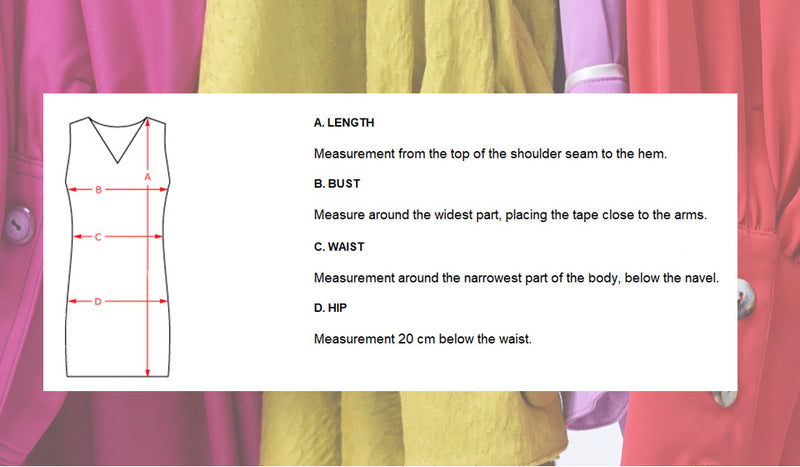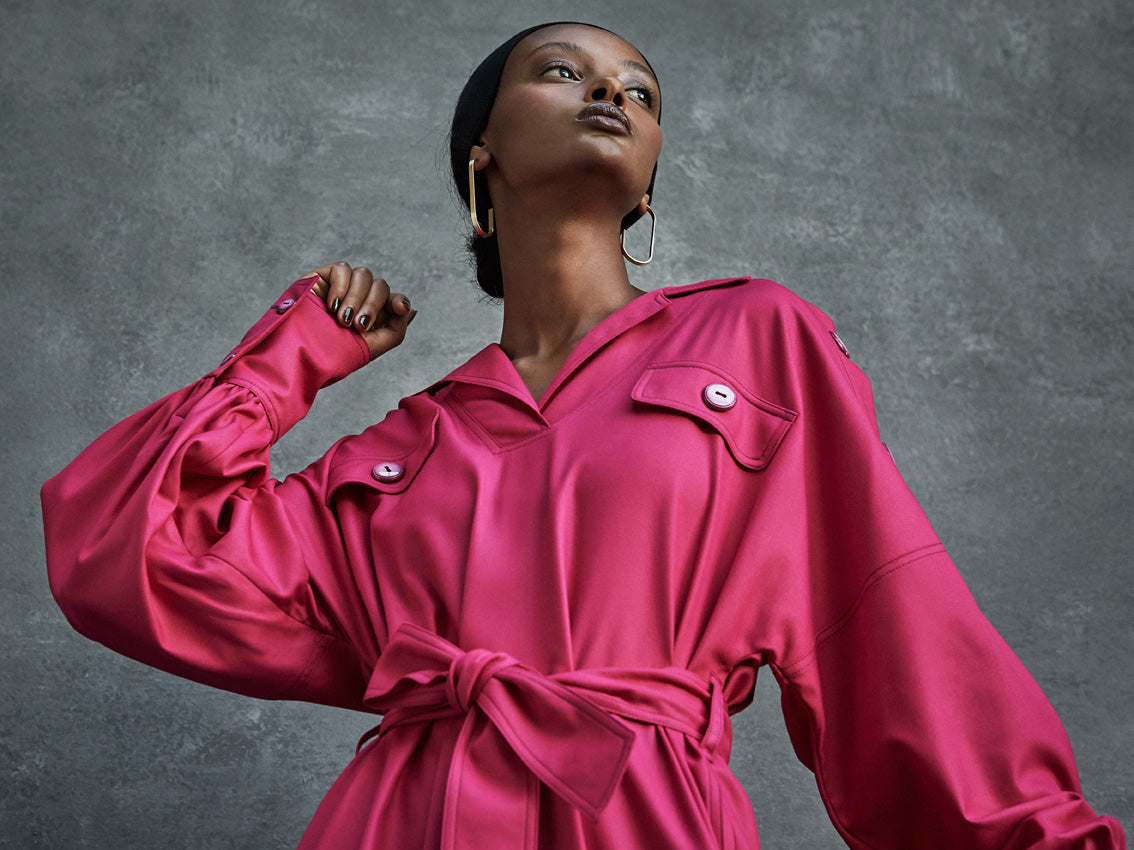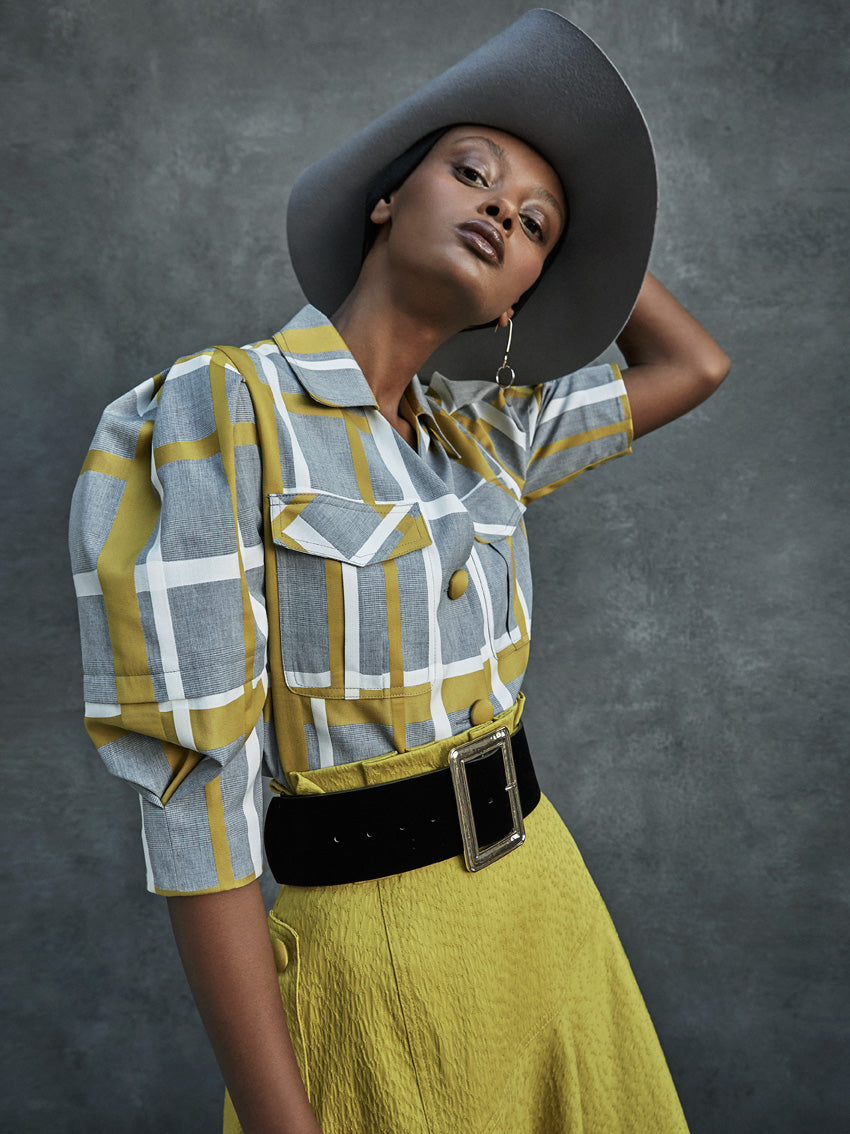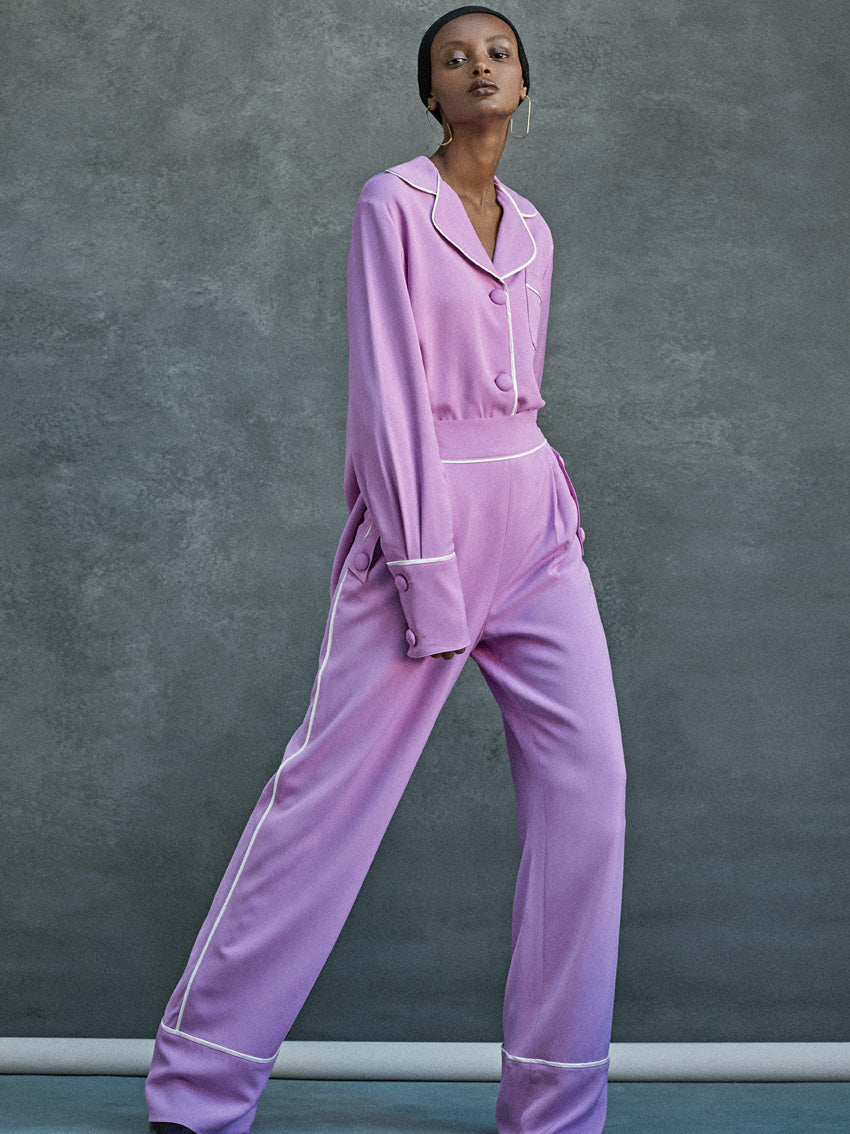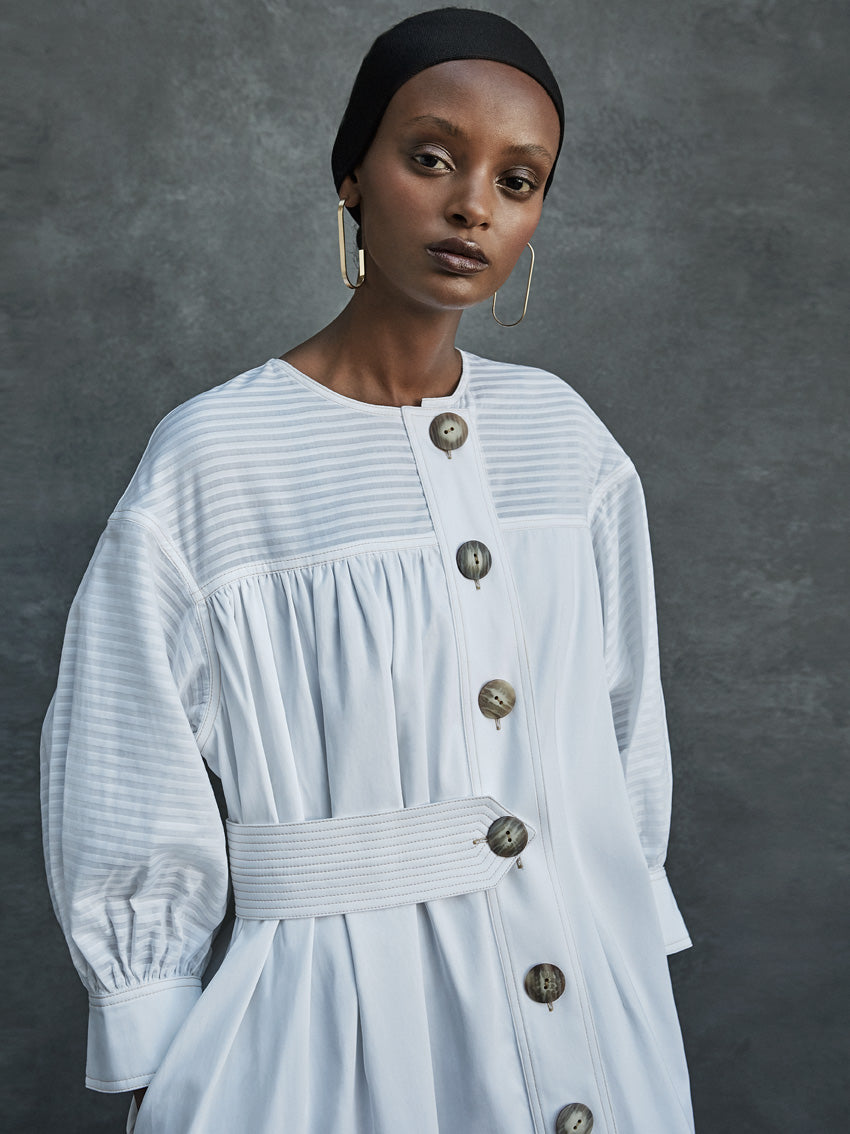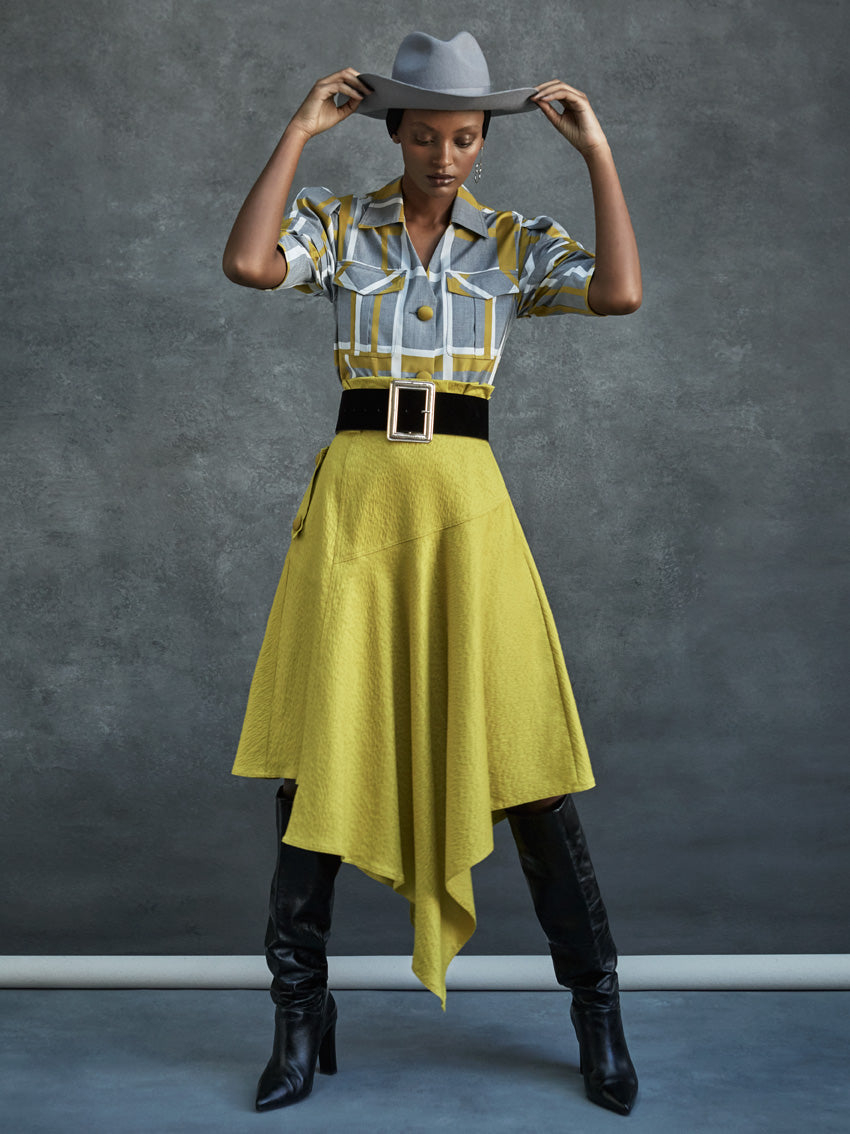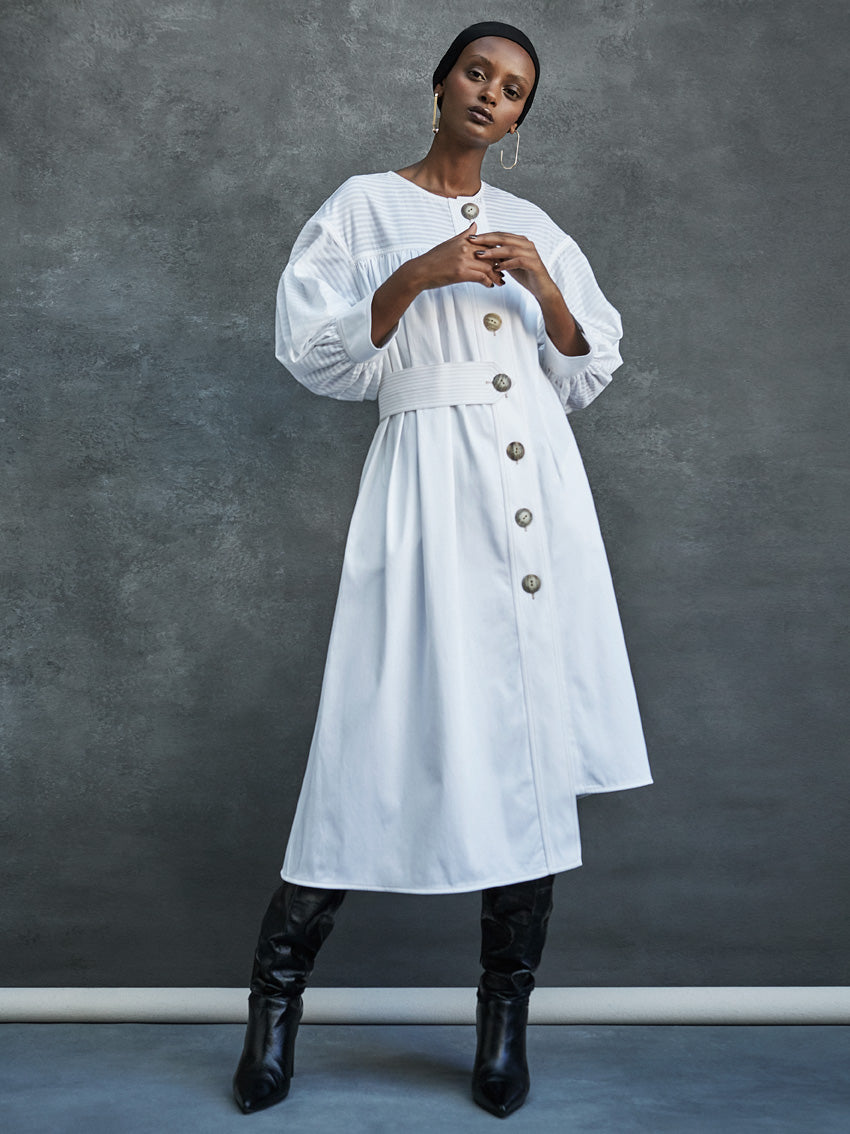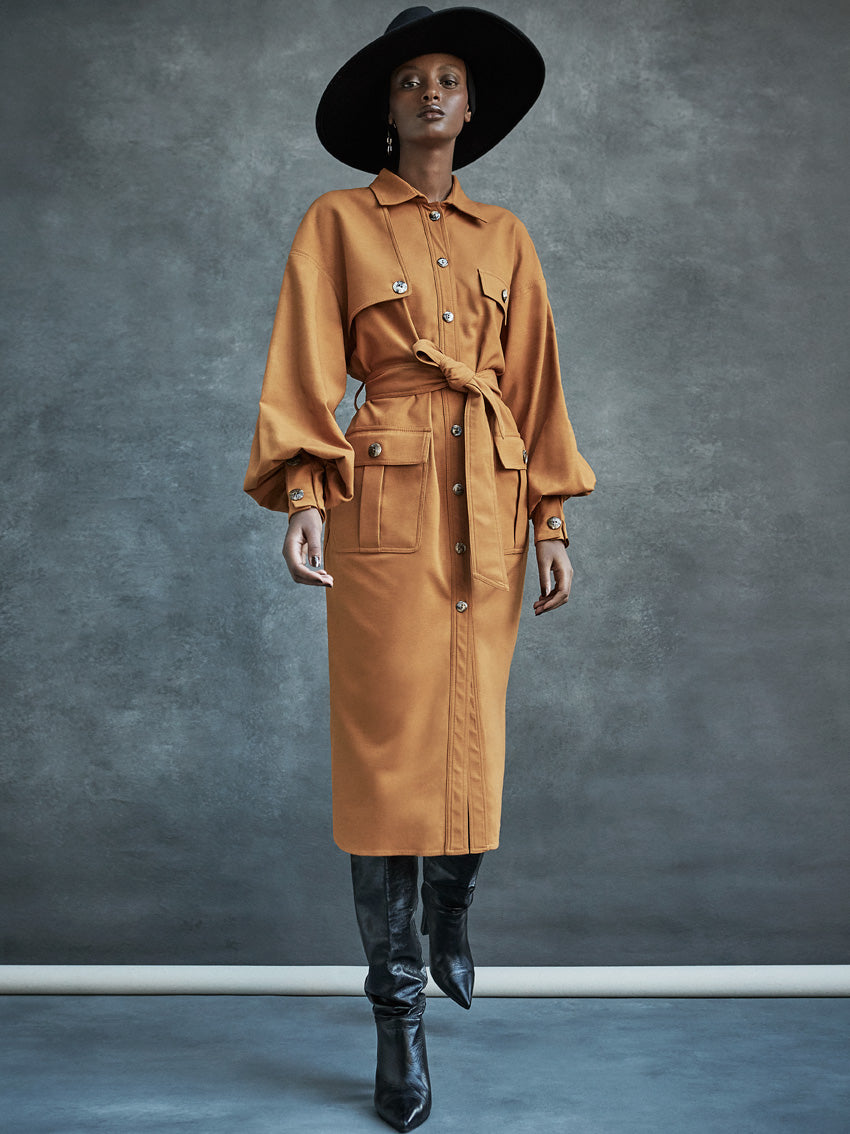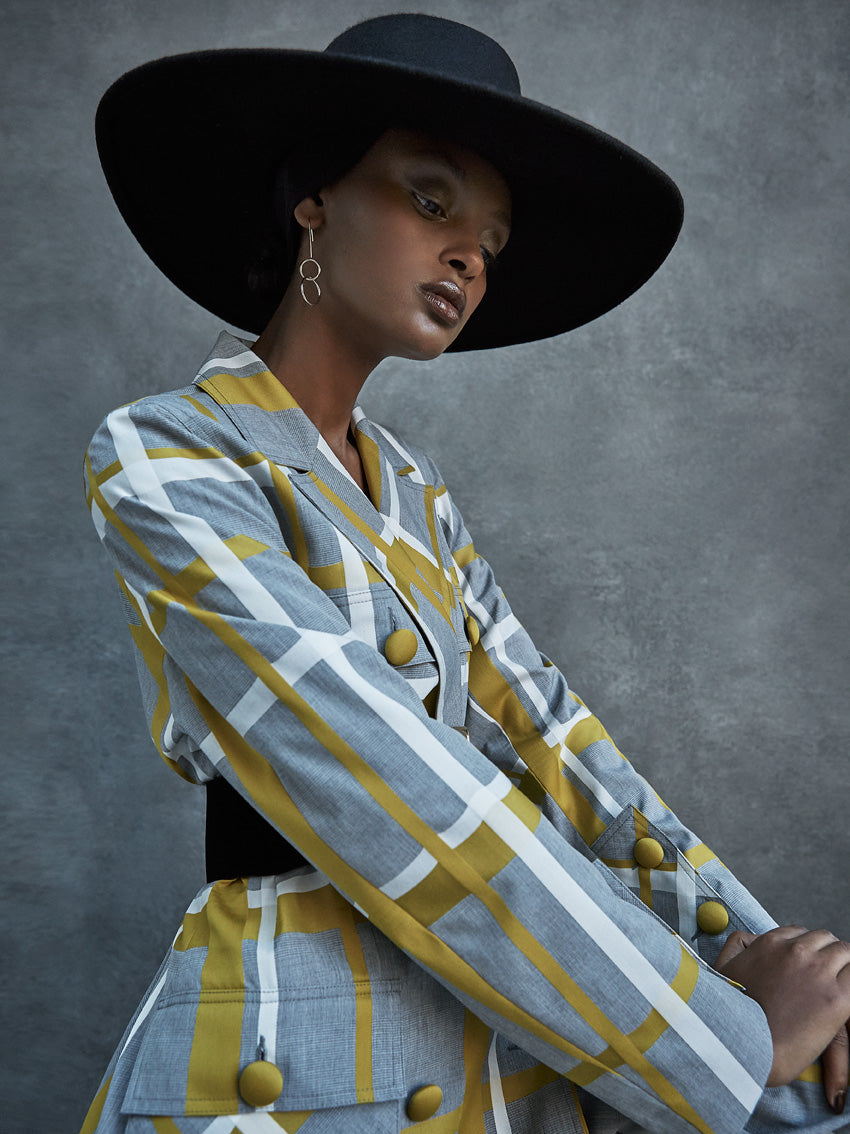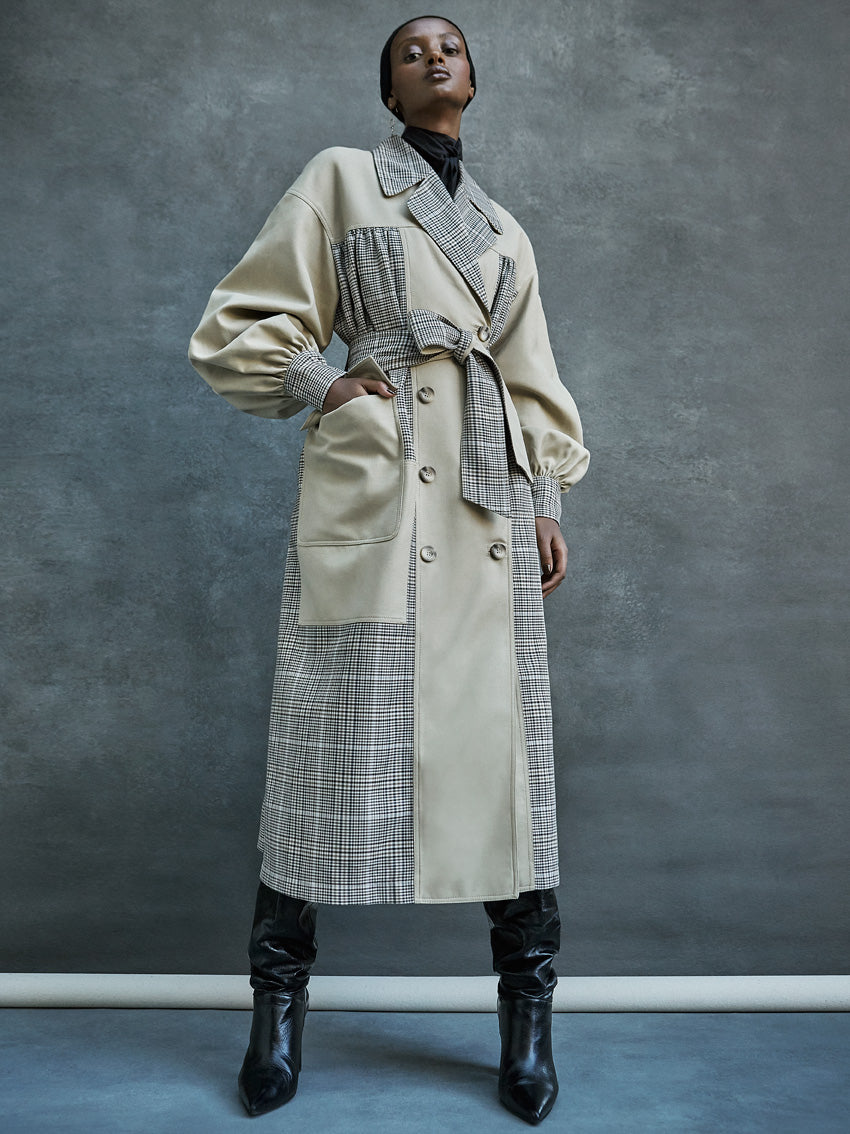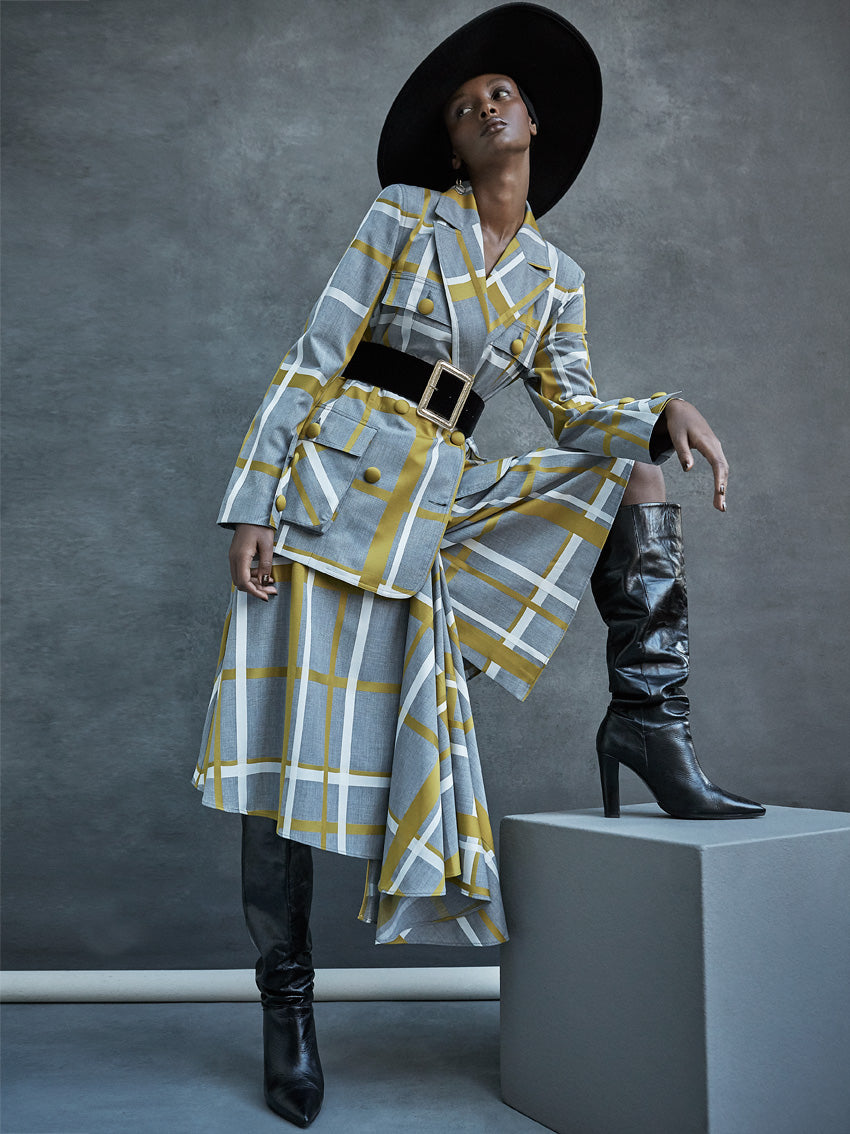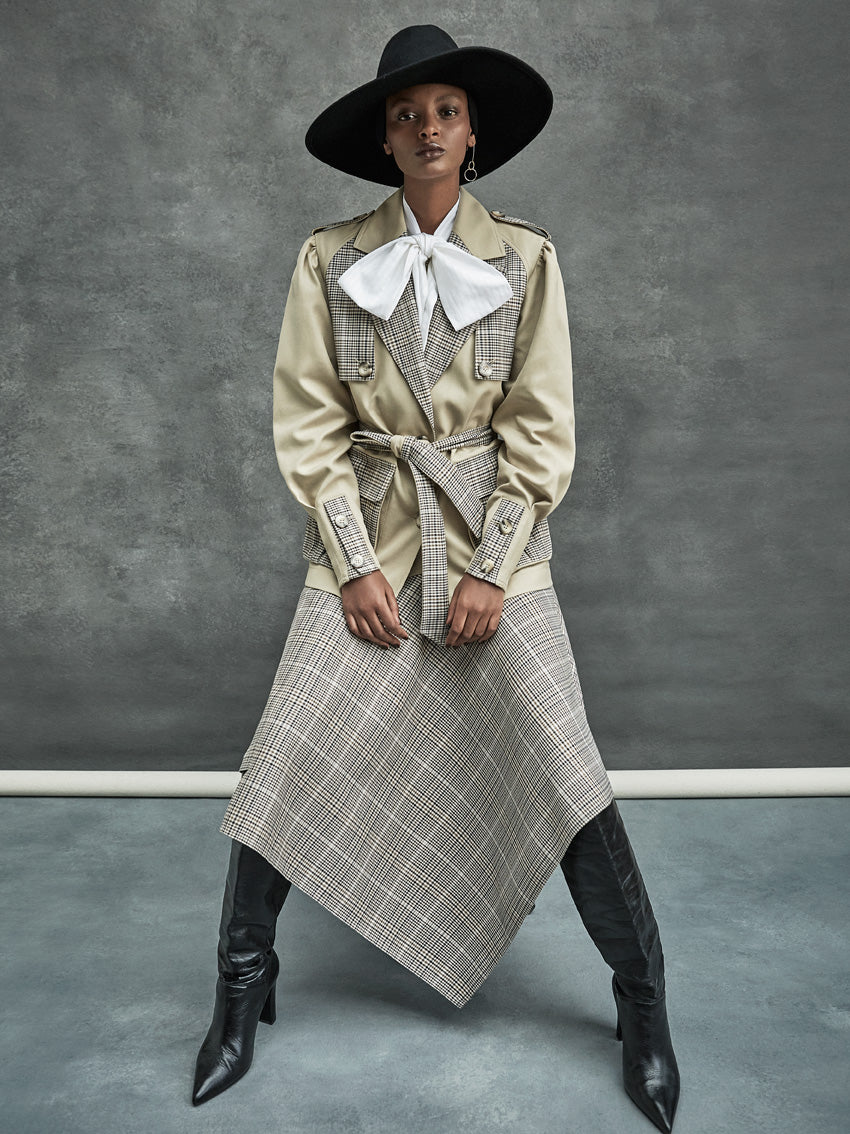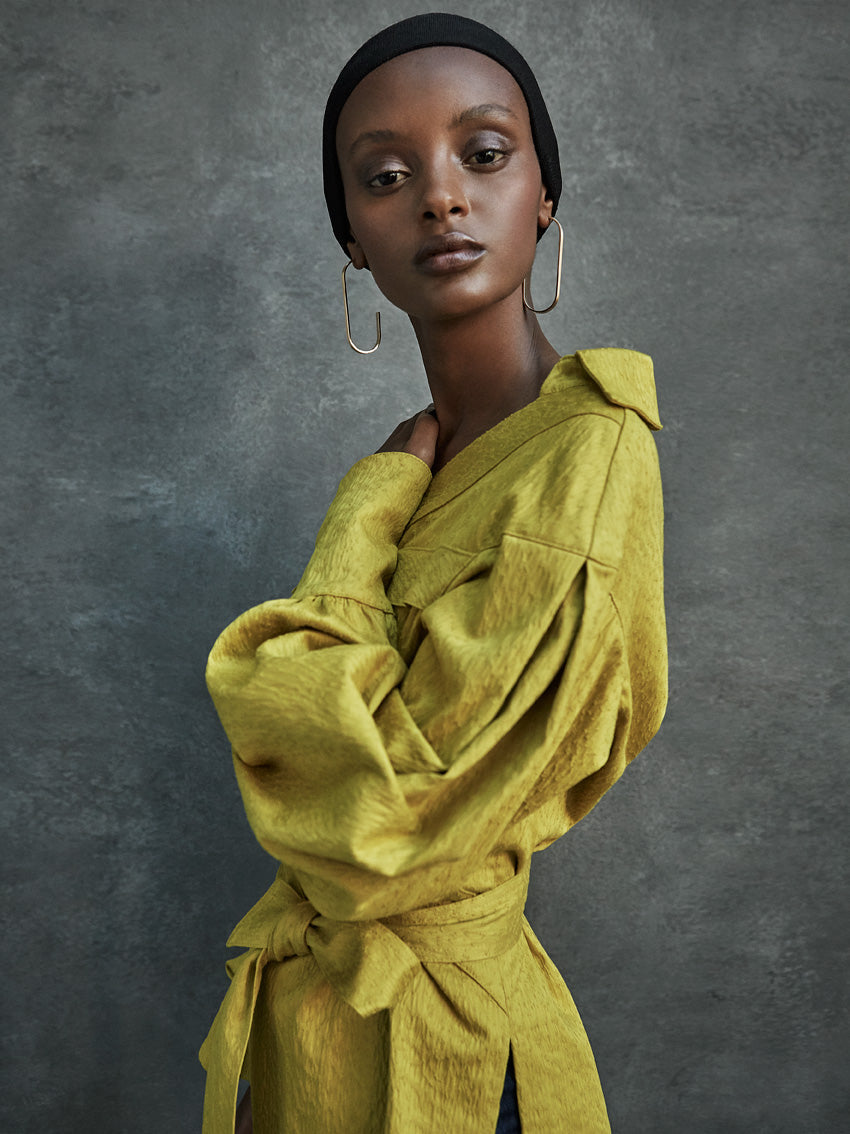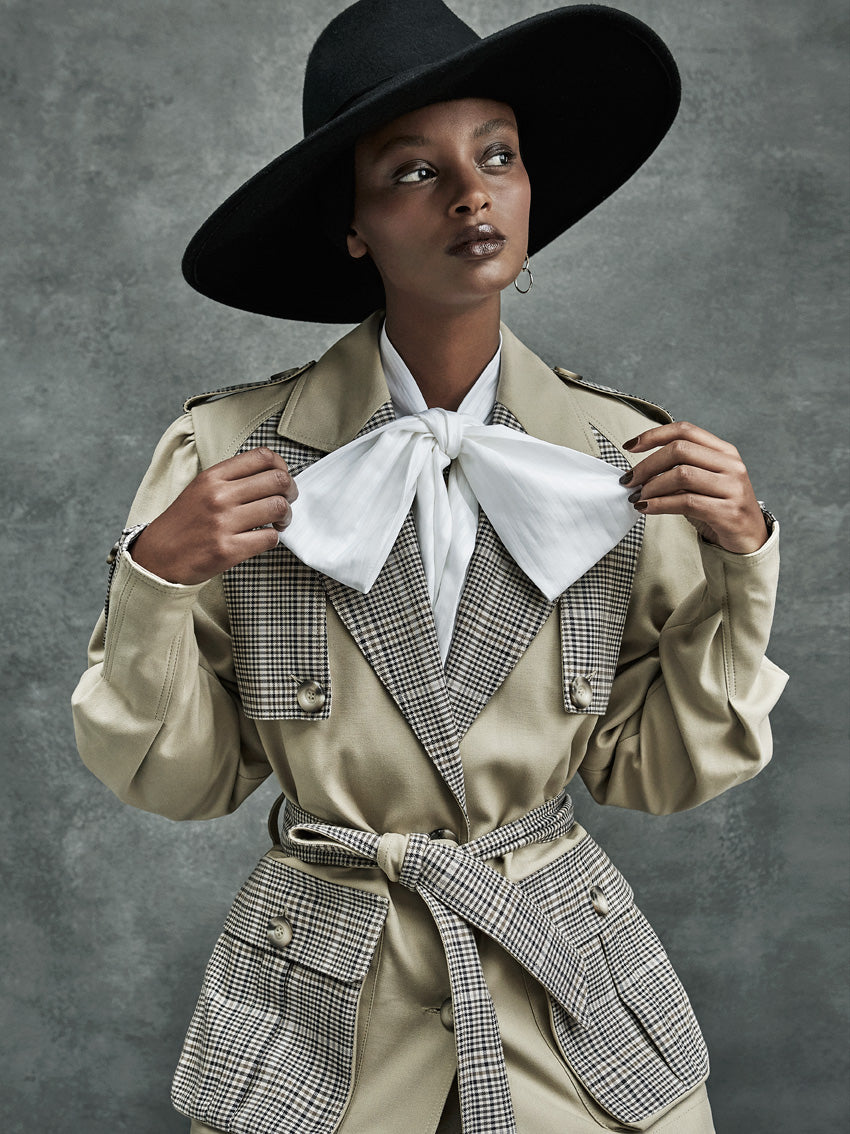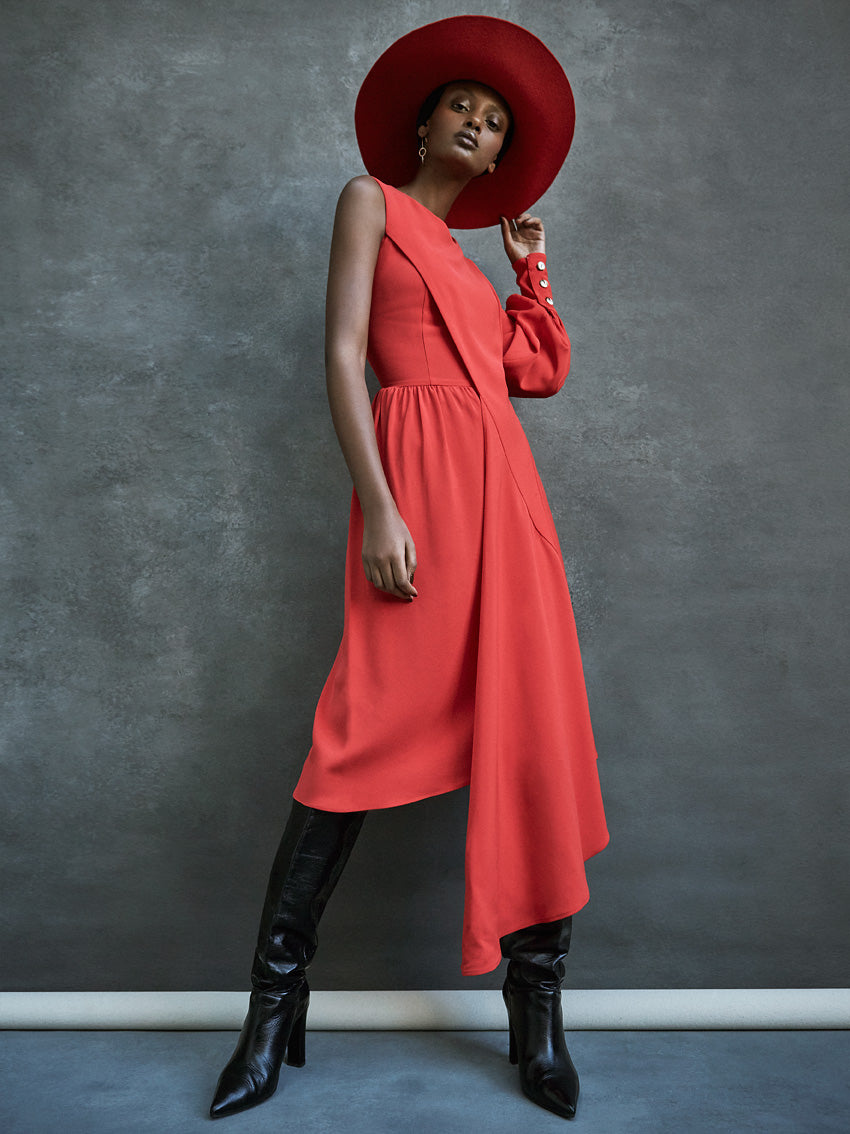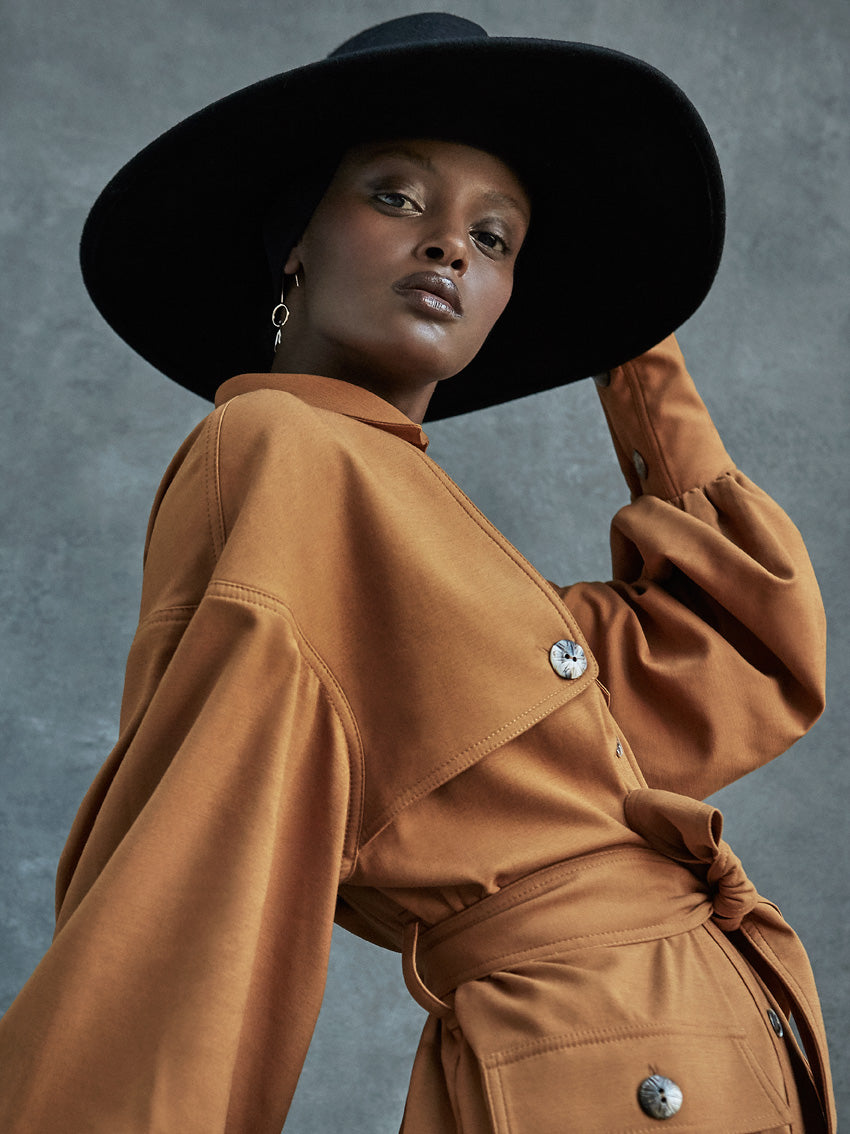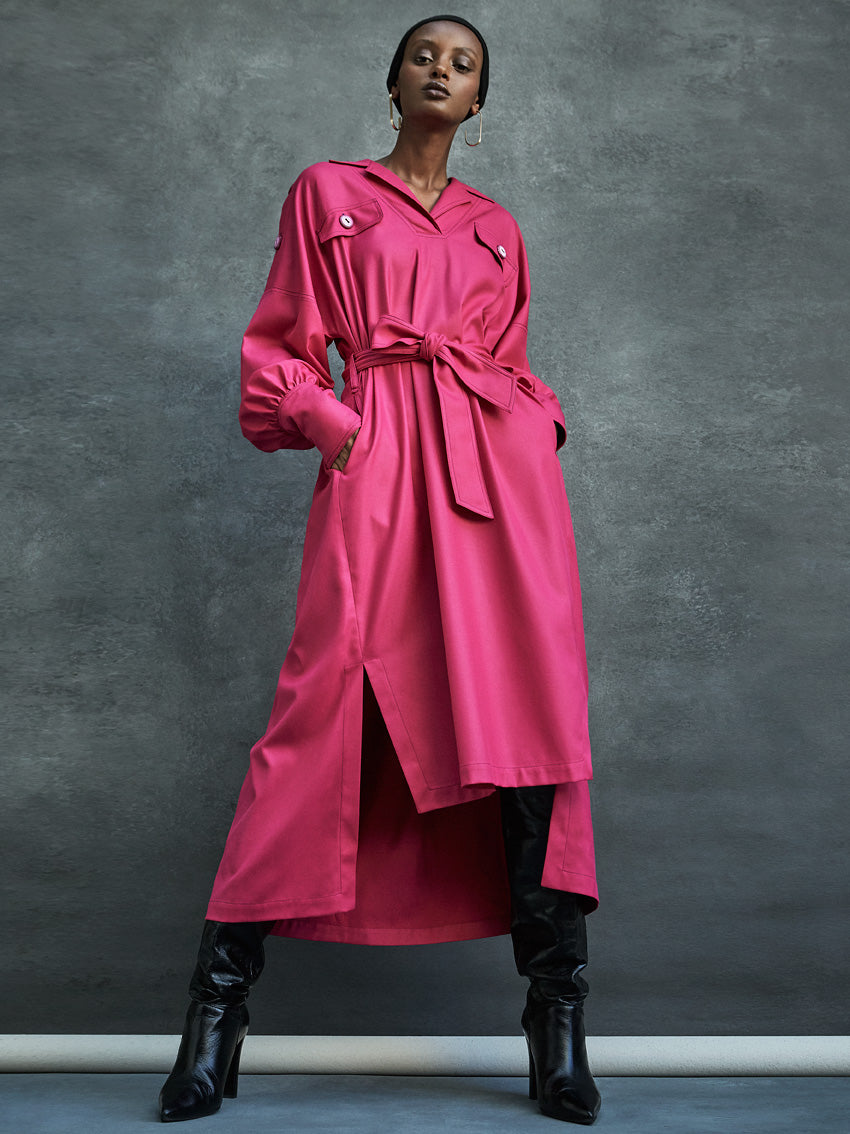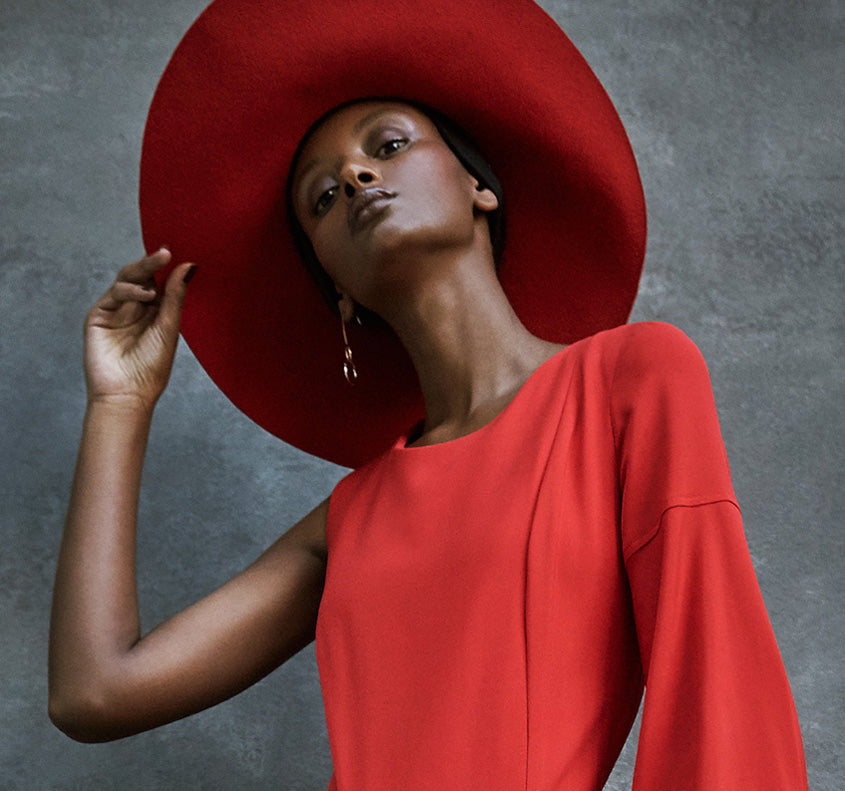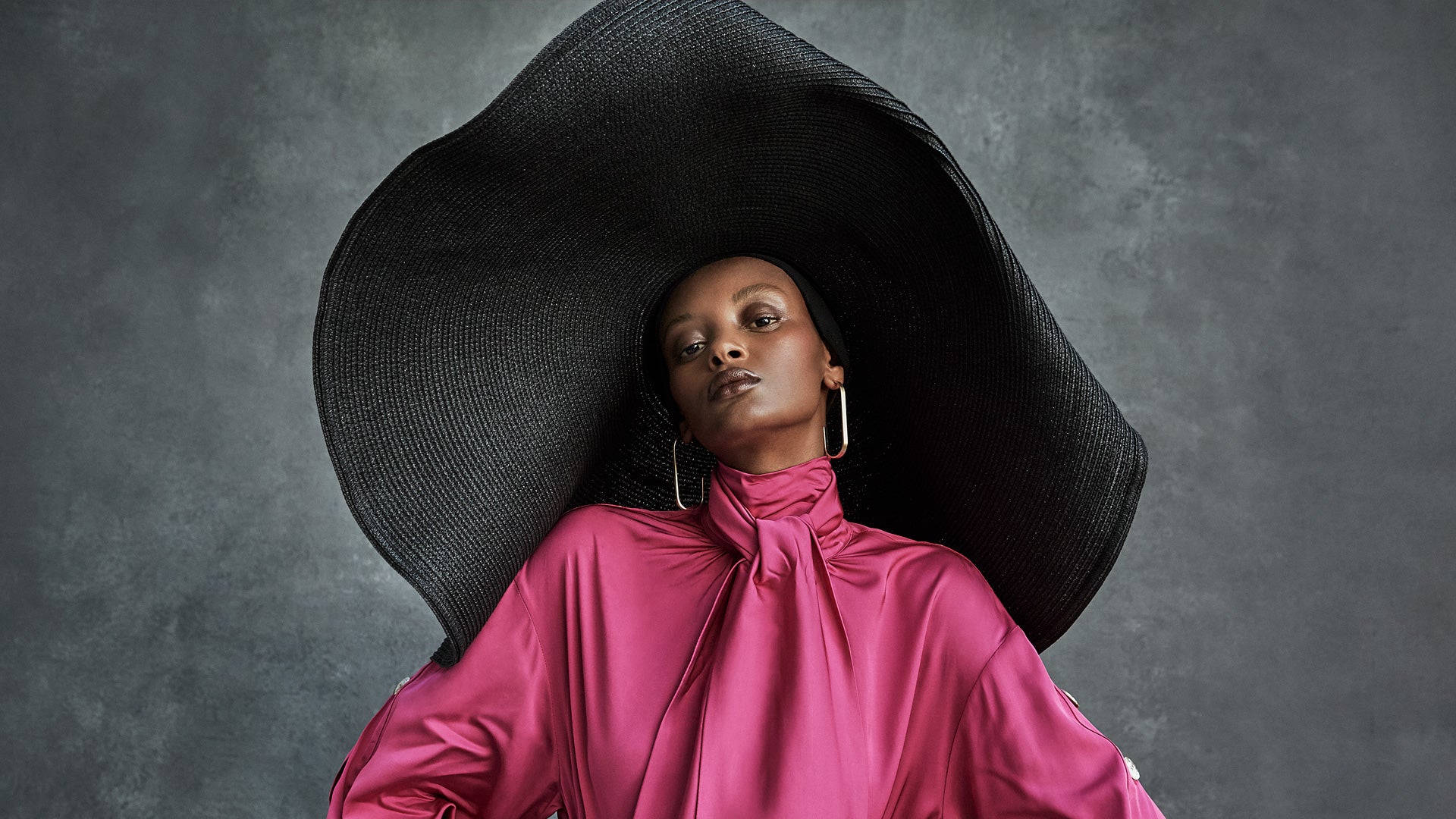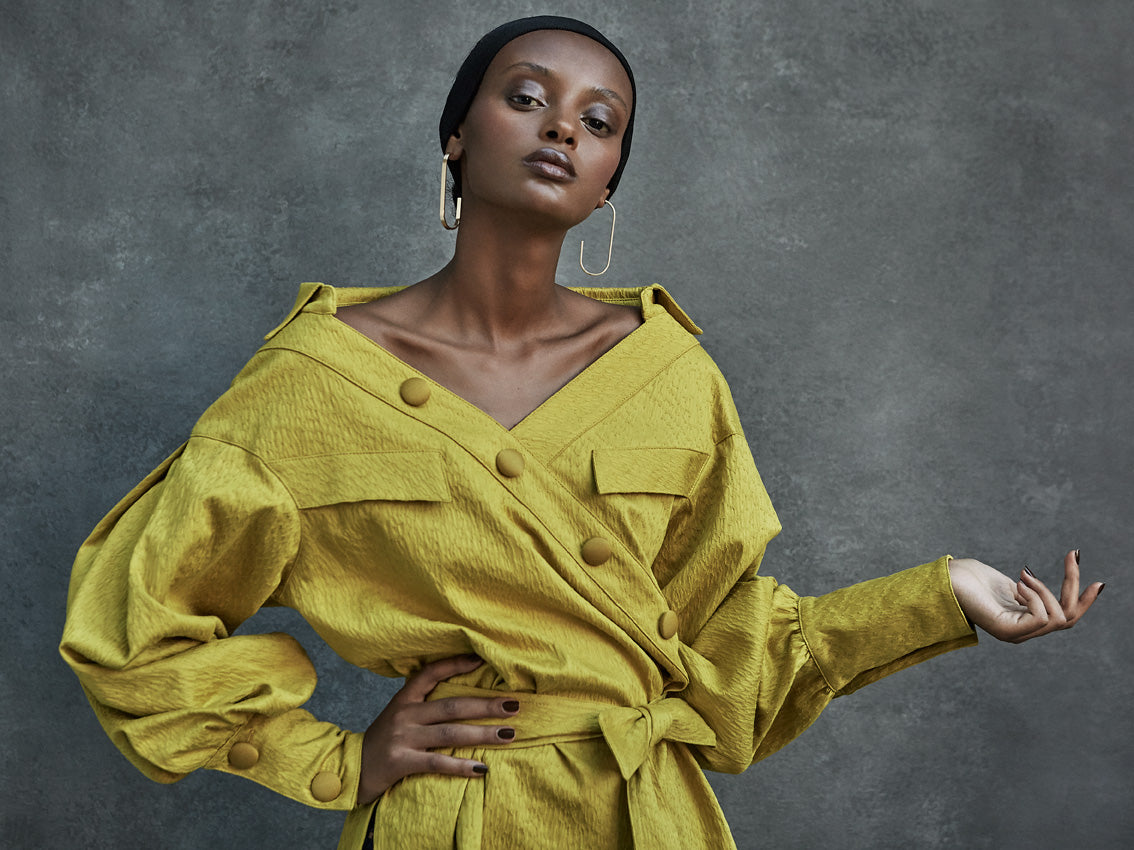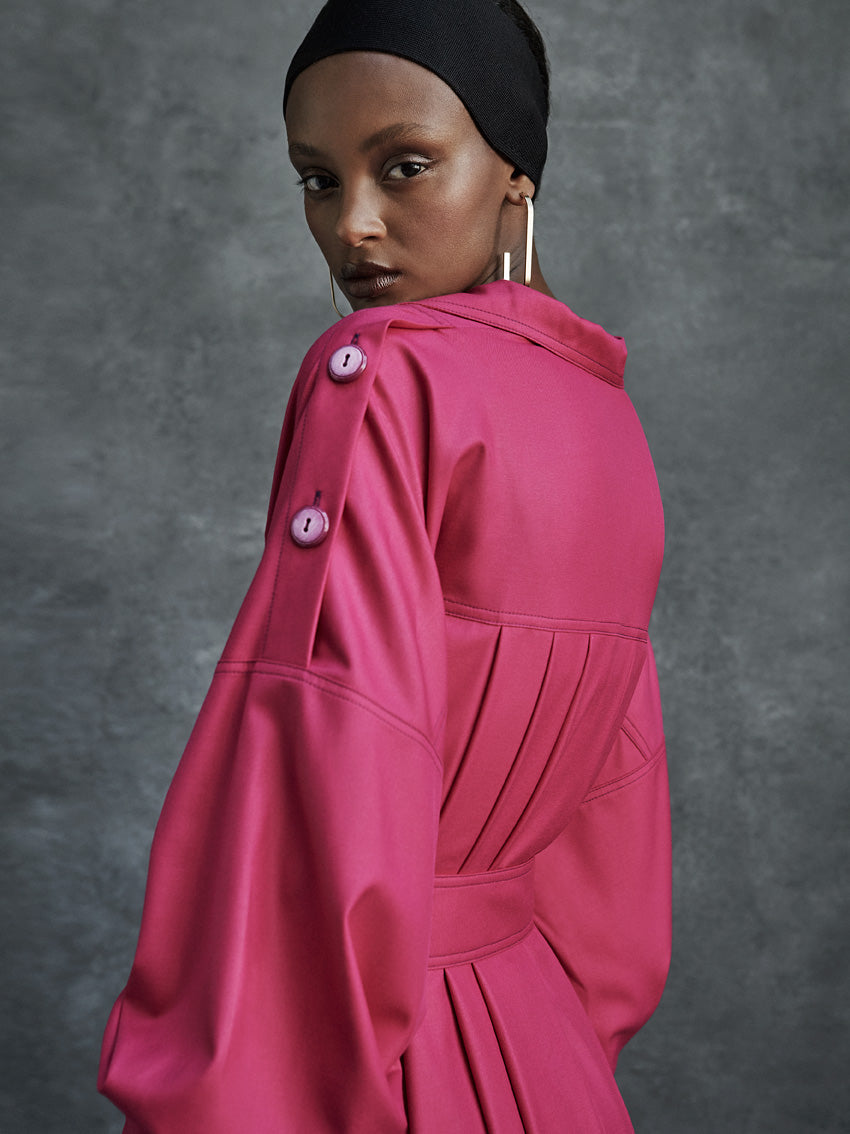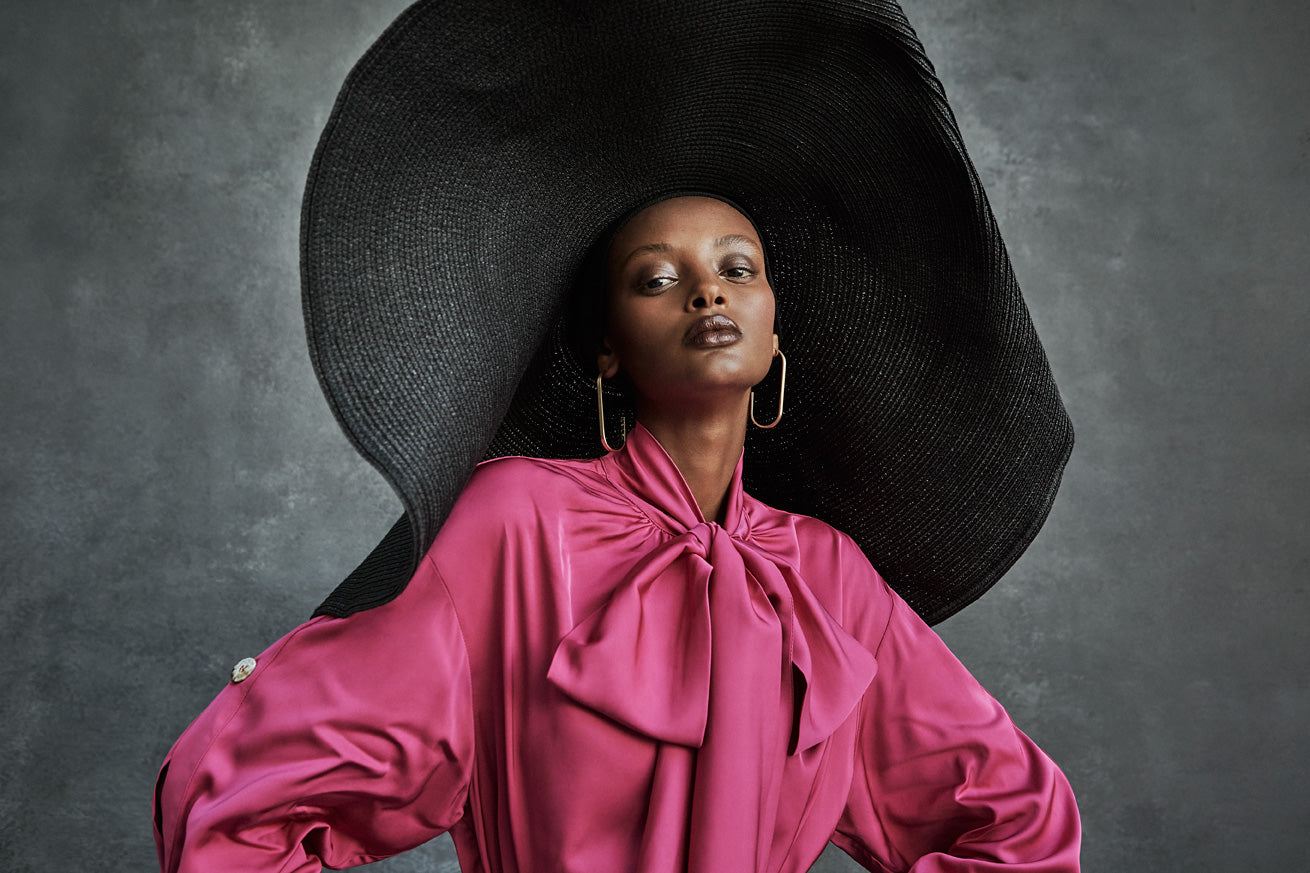THE COLLECTION: SUNDAY SCHOOL
Sunday school pays tribute to the monumental women of my childhood that embodied timeless elegance and sophistication that came alive on a Sunday. I had the pleasure of soaking it all in as a child, which later became the foundation of my love to create. My Sunday school.
This collection takes place through the eyes of a little girl in the heady Sundays of 1980s Limpopo, South Africa. A small community where women were the driving force and worked together to elevate each other in a strong sense of ubuntu (oneness). They had sisterhood bonds that personified the so commonly loosely used African proverb “It take a village to raise a child”. Many of these women didn’t receive any formal education, as they lived in a time where there was a tacit preference for the education of the male-child. I would watch my grandparents and aunts leave the farm every morning dressed in their domestic worker uniform that seemingly separated them from the unit that they were immensely involved in 6 days of the week. This is what made Sunday so special, a day they get to dress to impress their peers at church as well as to express their individuality, and it is this duality that is captured in this collection. I have fond memories as a child of the day I looked forward to most. Living the farm by foot, I watched in admiration as the women confidently strutted their stuff down the street in their Sunday best accompanied by glamorous hats that defined their individuality. I would see glamour matched with eccentricity, style and opinion, grace, wit and grit, all in equal measure. Arriving at the church, a little sweaty but cheerful, I would watch all the women take off their “walking shoes” and dust off their feet as they put on their high heels that announced their arrival.
This collection bares the spirit of my ancestors in the modern day South Africa. The mood of the collection is that of a delicate defiance against the beauty imposed to them versus their own individual sense of beauty. Throughout the collection, you will notice the unevenness of the hemline in a form of high-low or asymmetry which symbolised the unevenness of the plain field for these women in a patriarchal society. However, it does not imply that they were powerless or totally deprived of rights, influence, and resources. The collection carries contrasting feelings which was the reality in which these women lived in. Their polite ways did not mean they were quiet. Women were the driving force of our community, the creators, nurturers, transformers and doers. Khaki military jackets and trench coats are a literal interpretation of the church uniform in the church (ZCC) that my grandmother devoted her whole life to. One sleeve dresses will also be noticed in the collection to depict the reality that most of these women carried the weight of raising their children and running the house hold by themselves as the men travelled to different cities looking for jobs. You will notice a recurring dropped shoulder throughout the collection to not be oblivious to the fact that women were not empowered, however not powerless. These women had innate style, but they were fearless individual with powerful personalities too. They didn’t need a pedestal for their influence to be felt . Like an African proverb says “ A big chair doesn’t make a king”.
See More ...
